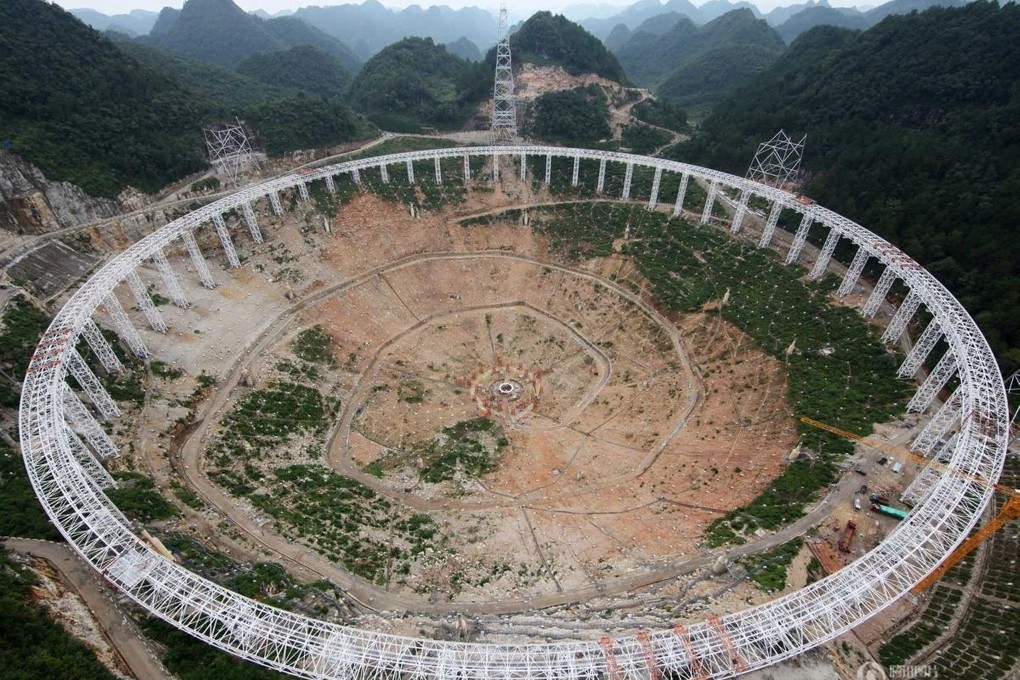China building one of the world's fastest astronomical computers to power giant, alien-seeking telescope

Data collected by the five-hundred-metre aperture spherical telescope (FAST)'s enormous dish, larger than 30 football fields, would overload an ordinary computer.
The current fastest astronomical supercomputer is Japan's Aterui, which was upgraded last year to enable it to make 1,000 teraflops, or one thousand trillion, calculations per second.
Sky Eye 1, FAST's "super brain", would be even faster.
Ren Jingyang, vice president of China's largest high-performance computer company Sugon, told Xinhua that the Sky Eye 1 supercomputer would have a peak performance of "above" 1,000 teraflops to process the enormous amount of data from the project.
The supercomputer will be hosted at a facility near the telescope with a high-speed data link connecting the two capable of transmitting up to 100 gigabytes of data per second.